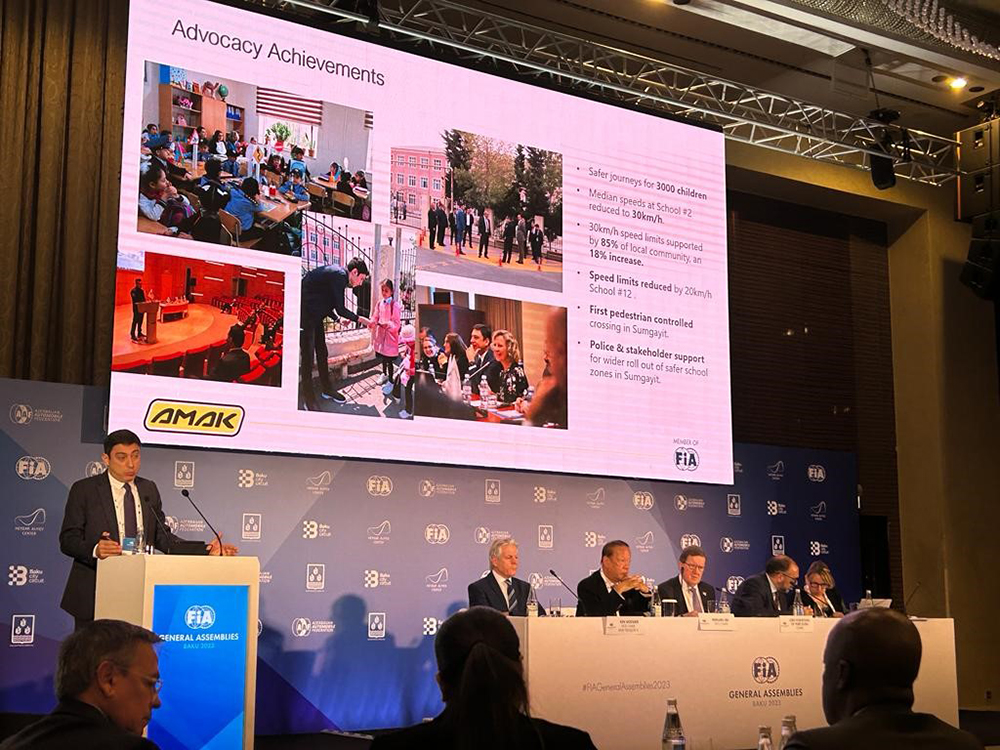African infrastructure toolkit for walking and cycling published by CHI partner



A new guide to prioritizing safety in road design and improvements, Infrastructure Toolkit for Non-Motorised User Safety in African Cities: Challenges and Solutions, has been launched by Child Health Initiative partner Amend, with the support of the FIA Foundation and the High Volume Transport Applied Research Programme, which is funded by UK Aid.
The Toolkit draws together Amend’s experience across a wide range of African contexts to demonstrate practical, affordable, and accessible ways to save lives, including evidence from Amend’s School Area Road Safety Assessments and Improvements (SARSAI) programme. It has been developed to be accessible and, above all, practical to the people who make the decisions about where and how roads are built and maintained in Africa—engineers, governments, and contractors in small towns and large cities alike. The Toolkit was developed with information and learning gathered in Africa and, while the principles of road safety are the same everywhere in the world, the guide’s focus is on realistic, readily available solutions for the African context.
The toolkit identifies 12 key road infrastructure challenges with corresponding solutions; ranging from footpaths design and street vendor accommodations to accessibility for differently-abled persons and crosswalk paint choices.
Evidence shows the majority of African journeys are made by foot but the roads in both rural and urban environments are designed for motor vehicles, serving the needs of a tiny minority of road users. As urbanization and the youth population increase, the numbers grow disproportionately on both sides: ever more pedestrians yet more space created for vehicles. In particular, engineers often do not have the training or tools required to help design and build roads in Africa safely for African road users, a challenge the Toolkit is designed to address. Amend’s work has recognized that across the region road hazards occur at every level and in every corner of regional development, reconfirming one of Amend’s underlying principles: roads that are safe for children are safe for everyone.
“We found that the conditions in African cities where we have worked and implemented safe infrastructure for nonmotorized users—particularly the vulnerable ones, including schoolchildren and persons with disabilities—were very similar,” explains Amend engineer, Juliet Adu, based in Ghana. “In putting the toolkit together, we thought that Africa would be one place where you could find solutions that have been tried and tested in both developing and developed countries. This toolkit is meant to show that making roads safe for the non-motorized road user is really not rocket science.”
Saul Billingsley, Executive Director of the FIA Foundation, said: “A child in Sub-Saharan Africa is twice as likely to be killed by road traffic – by adults in control of high-speed metal – as anywhere else on Earth. This shocking and neglected health inequality comes despite Africa having the lowest level of motorisation in the world, although this is rising fast. The fewest vehicles, yet the most dangerous roads. And as rapid motorisation combines with an unprecedented youth demographic explosion and booming urbanisation, the conditions are present for an epidemic of death, maiming, suffering and loss. And it is all preventable. And we don’t need to research a vaccine for this epidemic of road traffic injury. The advice contained within this Toolkit is immensely practical and relevant to the real needs of urban Africa. It will undoubtedly help governments and others to design and build safe roads.”







